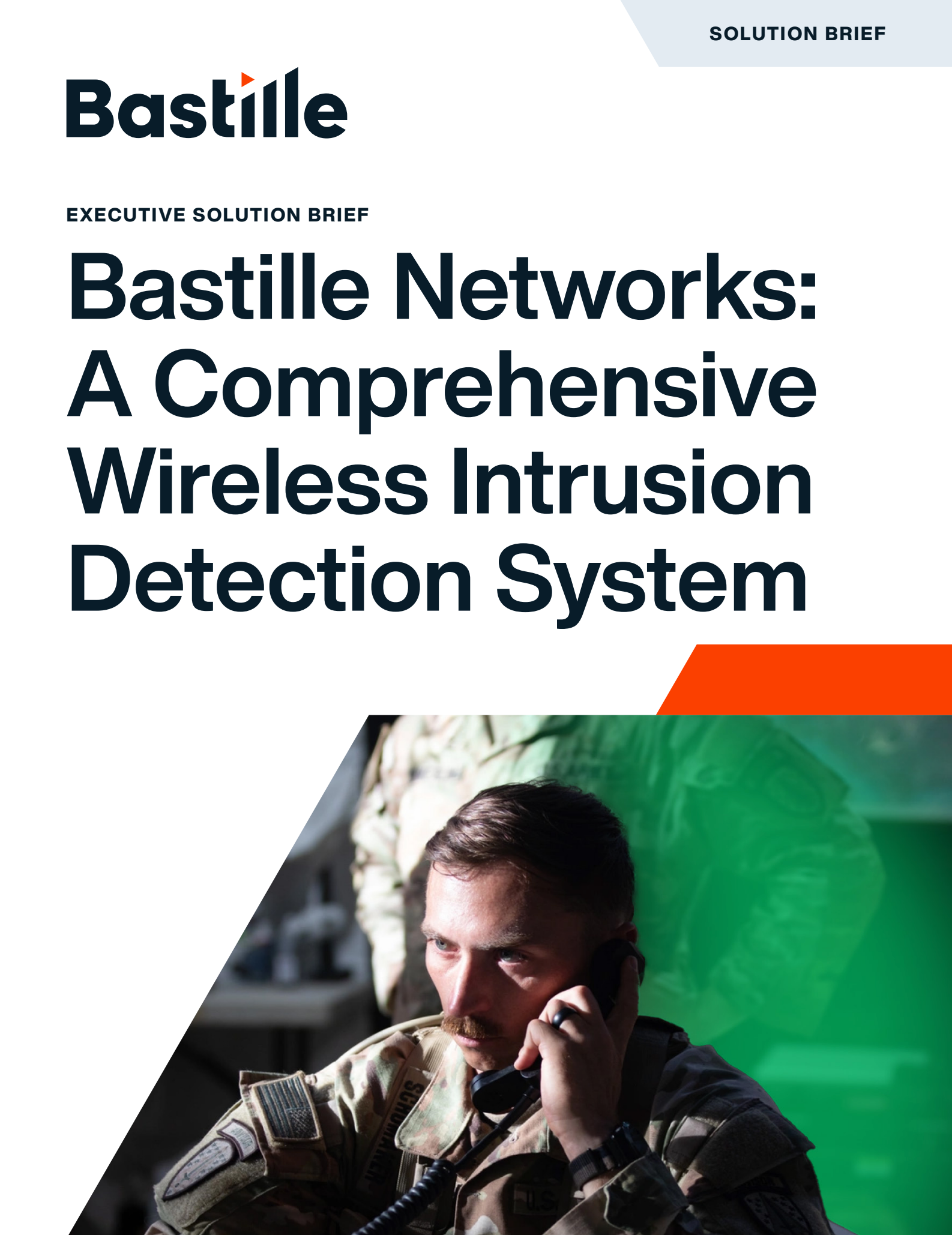Emerging Tech: Security — The Need for Wireless Airspace Defense
Download now▶New York Sim Farm Updates
Full StoryEmerging Tech: Security — The Need for Wireless Airspace Defense
Download now▶Videos
Wireless threats visually explained and demonstrated.
Webinars
Live or recorded online presentations or workshops
Whitepapers
Authoritative reports on complex threats
Datasheets
Explore key features, specifications, and benefits
Blog
Collection of articles with security insights
Research
Research from our world-leading radio security experts
Academy
Learn everything there is to know about Bastille
Podcast
Cybersecurity podcast produced by Bastille
Solution Briefs
Overview of product benefits and use cases
Video Series
RF 101: Fundamentals of Radio Frequency Technology
Master the fundamentals of radio frequency technology and learn how wireless communications work, from spectrum allocation and signal propagation to identifying security vulnerabilities.
Close your cybersecurity gaps with AI-driven wireless visibility
See Bastille in action with a live demo from our experts in wireless threat detection.


